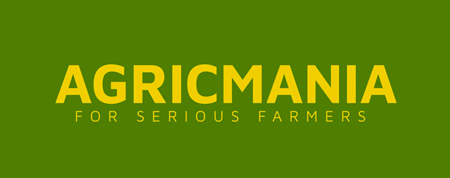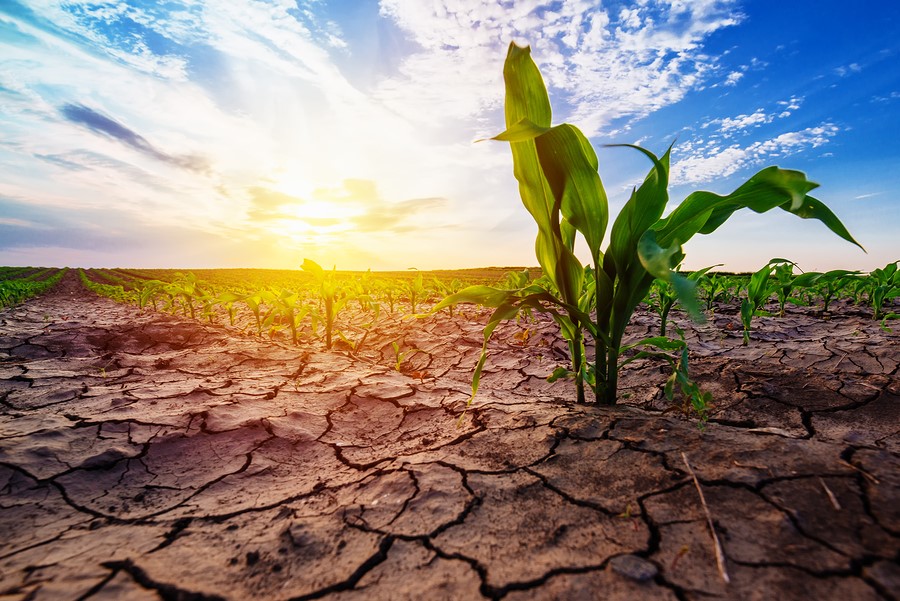By Almot Maqolo
HARARE – The country has approximately 10 000 dams of varying sizes. In the past, it has been
on a drive to construct new dams in order to improve water supply and agricultural activities.
Zimbabwe has the potential to harness 47.3 billion cubic meters and only 10.5 billion cubic meters (22%) has been developed yet the country continues to experience water shortages for
urban, industrial and agricultural use.
In 2019, the government mentioned that it was in the process of increasing the land under
irrigation by 29% from the current 170 000 hectares to 220 000 hectares over the years so as to mitigate adverse effects of drought on crop production.
This was quite helpful since the country is highly dependent on rain fed agriculture and
currently experiencing the adverse impacts of droughts of climate change that includes high
prevalence of droughts and mid-season dry spells.
Irrigation development is only a necessary but not a sufficient condition for the country to
achieve climate smart agriculture.
In October 2021, Cabinet approved the Accelerated Irrigation Rehabilitation and Development
Plan: 2021-2025 which was meant to pursue a number of specific objectives, among them,
increasing the annual cropping area under irrigation from 156 000 to 350 000 hectares.
“Cabinet considered and approved the Accelerated Irrigation Rehabilitation and Development
Plan: 2021-2025 as presented by the Minister of Lands, Agriculture, Water and Rural Resettlement on behalf of the Chairman of the Cabinet Committee on Food Security and
Nutrition,” Cabinet said at the time.
The Deputy Minister of Lands, Agriculture, Fisheries, Water and Rural Development, Vangelis
Haritatos at a field day visit in March said the land under working irrigation had now increased
to 200 000 from 156 000 in October last year.
“We are now moving away from relying on rain fed agriculture and expediting irrigation development where we have also invited private player participation. Currently, we have 200 000 hectares under irrigation but our target is 350 to 400 000”, deputy minister Haritatos said.
The Plan is to improve efficiency of water use by adopting modern irrigation systems as well as
access to finance, inputs and markets, and to improve governance and business ethic for
irrigation schemes.
The ministry of agriculture is working on ways to motivate private sector participation and
accelerate dam and irrigation infrastructure development, while the establishment of micro-
water harvesting and irrigation methods for households are being promoted and incentivized.
Department of irrigation director Shepherd Kadaira said, “Currently we have about 220 000 hectares of irrigable land and of that land only 200 000 hectares is working. The remaining 20
000 hectares need to be rehabilitated, and this is what we are working on as a department.”
The target is to have a total of 350 000 hectares under irrigation by 2025 translating to 26 000
hectares to be developed per year in the next 5 years added Kadaira.
Economist Dr Prosper Chitambara said, “What is important for our farmers is now to look at the
productivity aspect. We do not want to have higher hectares but also want to have good yields
and good quality wheat being produced from this current season. So that is what we are
working on now.”
The agriculture sector produces 60% of the country’s maize crop on which the livelihoods of
millions of people depend. It accounts for 40% of Zimbabwe’s gross domestic product and for
many people who live from hand to mouth it is a safety net providing income, food security and
employment.
“Policies to turn the country from a net importer to an exporter of basic staple foods such as
maize, wheat and small grains are the ones needed to reach food security and the government
is already doing its part. What is left is for the private sector to chip in and also do its part to aid government effort,” Dr Chitambara added.
Irrigation farming is also contributing significantly to households in terms of income in rural
areas.
General challenges facing smallholder farmers include low and erratic rainfall, low and declining soil fertility, low investment, shortages of farm power such as labour and draught animals, poor physical and institutional infrastructure, poverty and recurring food insecurity.
Agronomist Anderson Magura said, “Despite the woeful lack of support to smallholders in
agriculture, these people are doing reasonably well. Most are producing surpluses and re- investing in their farms and this is due to the rural irrigation schemes that have been established by the government to cushion rural farmers.”
Effective use of irrigation water, optimization of water distribution, crop rotation, rehabilitation
and modernization of the existing irrigation systems, and soil reclamation are examples of
measures which should be taken to mitigate the harmful effects of drought.
Agriculture is the backbone of Zimbabwe’s economy and encouraging all year round farming
activities to ensure food self-sufficiency through irrigation is a must in order to achieve Vision
2030 of an upper middle income country.
The sector contributes 15-18% of Gross Domestic Product and provides livelihoods to approximately 67% who are the rural population. It also supplies about 63% of the industrial
raw materials with the share of agriculture in manufacturing value added at 60% and the share in export earnings 30%. Agriculture related employment supports a third of the formal labour force.



